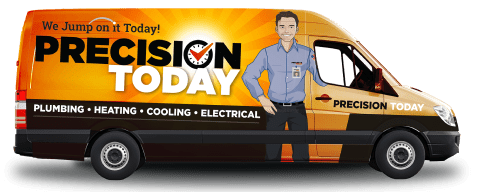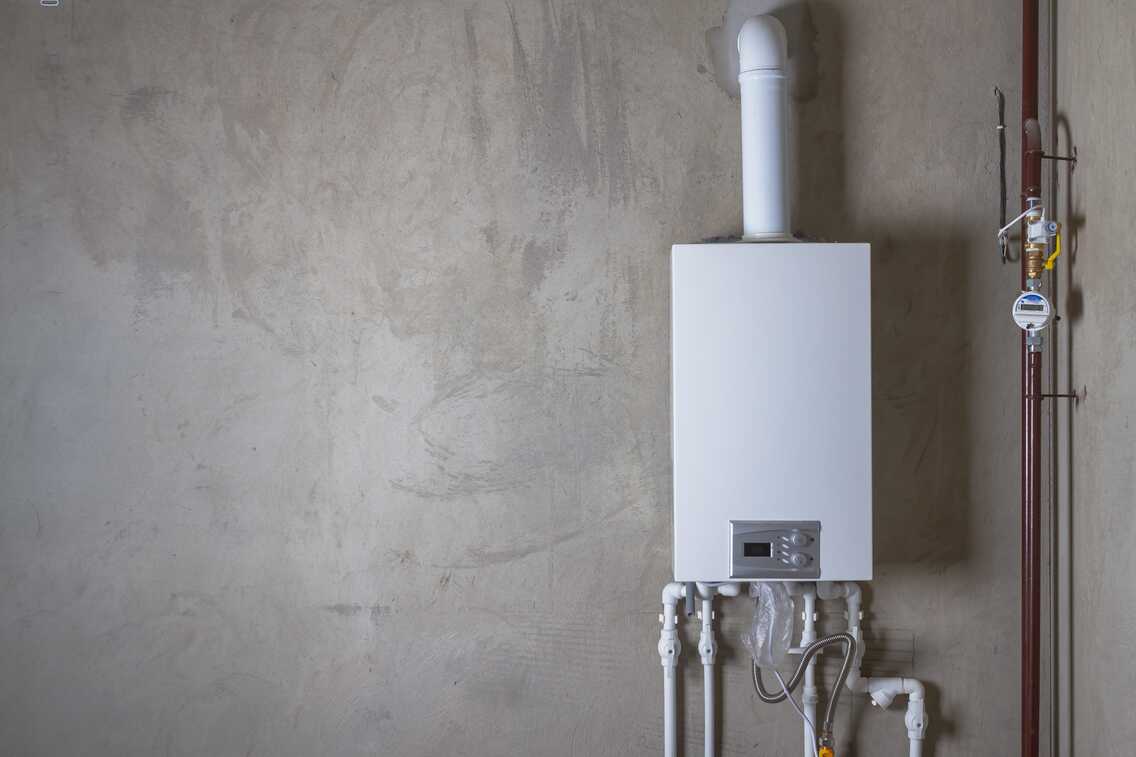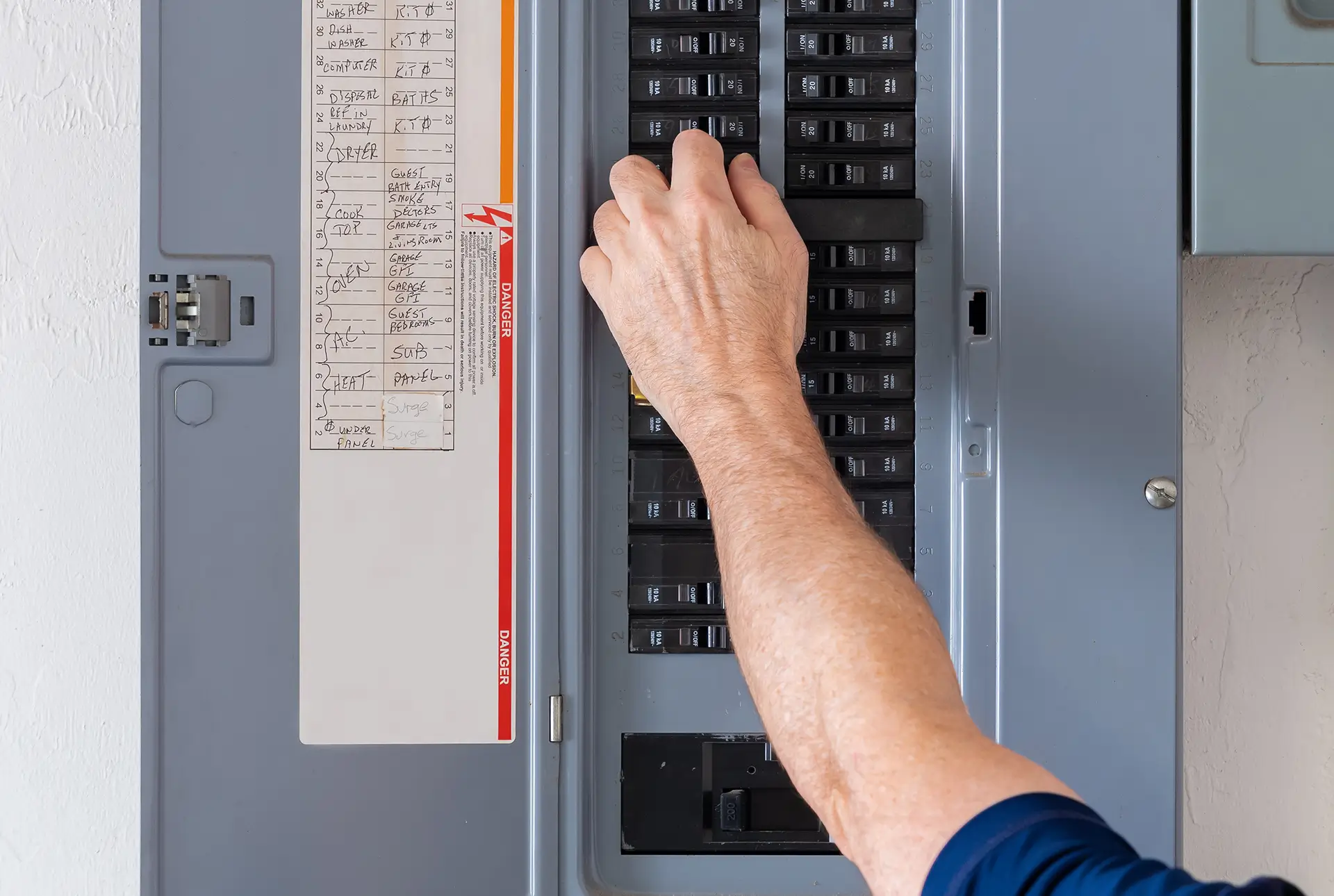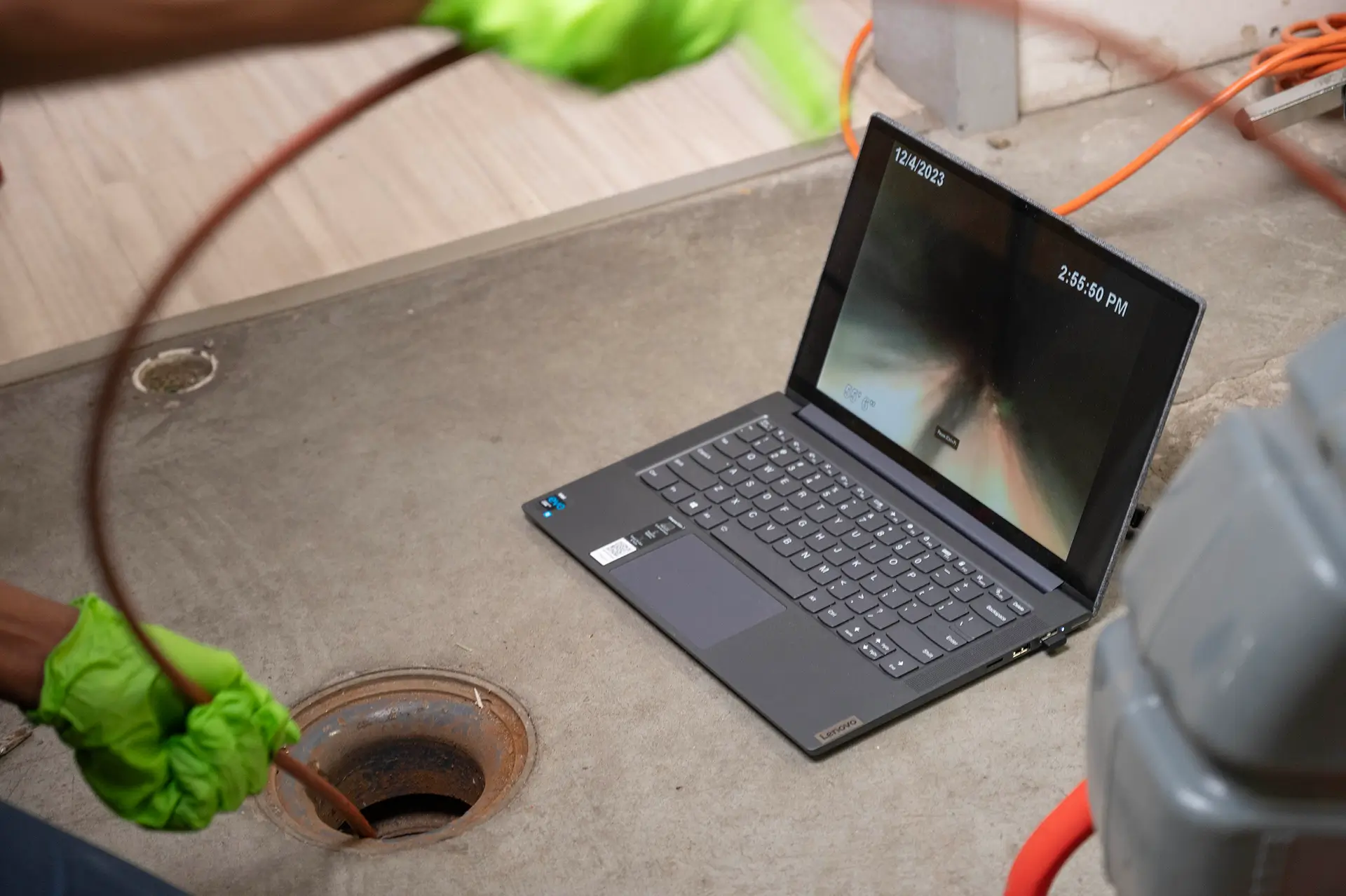How to Choose the Right Water Filtration System for Your Home
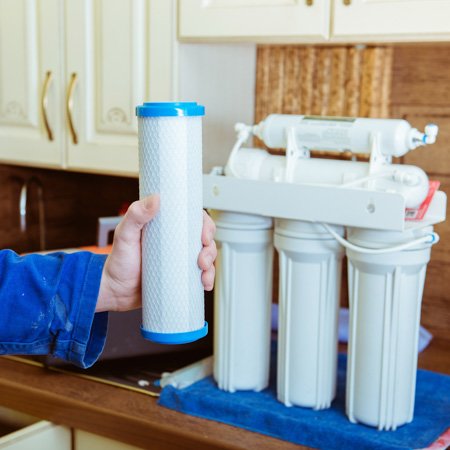
Does your tap water taste or smell a little off? If filling up a glass from the kitchen sink makes you want to grab a bottle instead, it’s probably time to consider a home water filtration system. Dealing with funky tastes, odors, and potential contaminants in your household’s drinking supply is no fun. But you don’t have to resign yourself to an endless cycle of buying bottled water either.
Installing the right water filter can provide a simple, cost-effective solution for enjoying refreshing, purified water right from any faucet. The tricky part is choosing a system that properly addresses the specific impurities and issues with your home’s water source. With so many different filter types, technologies, and certifications out there, it can admittedly get confusing to know which option is best.
Don’t worry, this guide will help you navigate all the jargon. We’ll break down the various water filtration methods, how to identify problem contaminants in your water, and which systems target what so you can make a confident decision. Say goodbye to that off-putting tap water for good!
Understanding Water Filtration Systems
Before we dive into how to choose the perfect water filter, let’s cover the main types and what they do. Having a basic grasp of the different filtration methods will make it way easier to pick the right match for your home.
The Filter Lineup
Most residential water treatment systems fall into these four major categories:
Reverse Osmosis (RO) – The heavy hitters that use semipermeable membranes to remove even tiny dissolved salts, microbes, you name it. Intense stuff.
Activated Carbon – Super common filters that remove chlorine, sediment, and certain organic compounds through chemical adsorption. Efficient but not as thorough as RO.
Ion Exchange – Targets specific heavy metal nasties like lead, mercury, and calcium by trapping them in resin beads through an ion swapping process.
UV Disinfection – Perfect for zapping any bacteria, viruses, and other microbes by exposing them to ultraviolet light to prevent reproduction.
What They Target
While the methods differ, all these systems aim to remove the same main water contamination culprits:
Particulates – Things like sediment, rust, and silt that make water look cloudy or stained.
Chemicals – Chlorine, pesticides, herbicides and other synthetic compounds impacting taste and safety.
Microorganisms – Bacteria, viruses, and other microbes that could potentially cause illness.
Minerals – Dissolved salts and heavy metals such as lead, arsenic, mercury that can have harmful effects.
Each type just excels at tackling certain contaminants over others. Carbon filters are great for chlorine tastes/odors but won’t do much for heavy minerals. That’s where RO or ion exchange come in.
Filtering Factors
With all the options, how do you pick? Key factors influencing the ideal filter choice:
Water Source – Well vs municipal sources can have different contaminants, so match accordingly.
Contaminants Present – Those water test results pinpointing the specific impurities to target.
Household Size – Bigger families need higher capacity to keep up with water demands.
Budget – Some like RO are pricier upfront but provide thorough treatment. Weigh costs vs needs.
Maintenance – Filters and components require periodic replacement. Factor in long-term upkeep costs.
So you’ve got different filtration avenues, each with pros, cons, and price points. Identifying your home’s water quality needs is key to finding that perfect filter fit. Speaking of which, let’s talk about how to pinpoint those contaminants through proper testing…
Assessing Your Water Quality
If you really want to cut through the guesswork and nail down the perfect water filter, you’ve got to start by figuring out what exactly is contaminating your home’s supply. Otherwise, you’ll just be taking stabs in the dark and potentially wasting money on the wrong solution.
That’s where water testing comes into play. By analyzing a sample of your tap water, you can get the full rundown of any impurities or contaminants present. With that data in hand, you’ll know precisely what your new filtration system needs to target.
The Testing Trifecta
When it comes to assessing your home’s water quality, you’ve got three main testing avenues to explore:
Municipal Reports – If you’re on a public/city water supply, your local municipality is required to regularly test and report on the state of the water. Request the latest analysis to see any flagged contaminants.
Home Test Kits – You can purchase affordable DIY test kits that allow you to collect water samples and send them off to a lab for analysis. Quick and easy, but not as comprehensive.
Professional Analysis – For the most thorough inspection, you can hire a water treatment specialist to come test your home’s supply on-site. Pricier but incredibly detailed.
Each option has its pros and cons. City reports are free but may not identify localized issues in your home’s pipes. The home kits are convenient but can sometimes miss things. And professional tests are extensive but also expensive.
Understanding the Results
Once you get your water test report back, it’ll look like a bunch of alphabet soup with terms like PPM, MCL, and the like. But don’t panic – most tests include explanations to help decipher the data.
Essentially, you’ll see readings for the concentration levels of any detected contaminants like lead, chlorine, nitrates, microorganisms, etc. These get compared against maximum acceptable levels set by health authorities to determine potential safety risks.
Anything flagged above those maximum contaminant levels (MCLs) is a problem area that needs addressing through proper filtration. The specific impurities present will then help guide you toward the most effective filter solution.
Identify the Offenders
Between public municipality data and dedicated home tests, you should be able to pinpoint the key contaminants plaguing your water supply. Sediment and hard mineral buildup? Chlorine tastes and odors? Bacterial issues? You’ll know exactly what you’re up against.
From there, it’s simply a matter of matching your water’s problem areas to a filtration system equipped to handle those specific offenders. For example, if the tests show high chlorine and particulate levels, you’d want an activated carbon filter. Dissolved mineral concerns would point toward reverse osmosis. And any microorganism hits may require UV treatment.
Testing is such a crucial first step because it eliminates the guesswork and ensures you get a water filter that actually resolves your home’s issues. With your water quality data in hand, we can now dig into the strengths and ideal applications of each major filtration method. Knowing your enemy is half the battle!
Choosing the Right Water Filtration System
With your home’s water quality test results studied and the main contaminants identified, it’s time to explore your different filter options for treatment. Matching the right system to those problem areas is the key to getting purified, great-tasting water from every tap.
Let’s take a look at the unique strengths and best applications of the most common residential water filtration methods. That way, you can pick the solution best equipped to take down the specific impurities muddying up your supply.
Reverse Osmosis (RO) Systems
If you want the full-blown decontamination of your water supply, reverse osmosis is going to be your heavy-hitting champ. These systems are capable of reducing pretty much every type of contaminant out there – dissolved minerals, chemicals, microbes, you name it.
How the RO Rumble Works
RO systems use a semipermeable membrane to essentially squeeze out any molecular contaminants larger than water. By applying intense pressure, only the water molecules can pass through the tiny pores while everything else gets filtered out.
This allows RO to remove up to 99% of total dissolved solids (TDS) like salts, heavy metals, particles, and even bacteria and viruses. Anything too big to pass through that membrane gets eliminated from the water stream.
The Pros and Cons
On the plus side, reverse osmosis provides incredibly thorough purification that makes water taste crisp and pure. It’s ideal for treating hard mineral-laden supplies as well as any potential health hazards like lead, arsenic, etc.
The downsides are that RO systems require quite a bit of water wastage during the filtration process. They also strip out beneficial minerals, requiring remineralization for optimal drinking quality. Installation and maintenance costs tend to be higher as well.
RO’s Best Use Cases
If your water tests revealed issues with any of the following, a reverse osmosis system could be the ideal solution:
- Hard water/mineral buildup
- Dissolved salts and heavy metals
- Bacteria, viruses, or other microbes
- High total dissolved solids (TDS)
For thoroughly decontaminating water supplies with a wide range of impurities, RO is tough to beat. Just be prepared for higher upfront costs and maintenance requirements.
Activated Carbon Filters
One of the most popular and affordable water treatment options out there, activated carbon filters excel at tackling a few key contaminants. If you’re dealing with chlorine tastes/odors, sediment, or certain organic compounds, this could be the way to go.
The Carbon Capture Method
Activated carbon filters rely on adsorption to remove impurities from your water supply. That dense, porous carbon material essentially acts like a magnet that captures and traps contaminants as water passes through it.
Through chemical attraction and its immense surface area, activated carbon can effectively reduce:
- Chlorine and chloramine
- Sediment and particulate matter
- Certain volatile organic compounds (VOCs)
- Bad tastes and odors
It’s an efficient, cost-effective way to improve water quality for a few common issues. Just don’t expect it to handle heavy mineral or microorganism problems.
Pros and Cons
On the plus side, activated carbon filters are affordable, low-maintenance, and improve taste and odor issues quickly. They’re also effective at removing certain organic chemical pollutants like pesticides.
The downside is that they can’t treat dissolved inorganic contaminants like heavy metals or salts. Microbiological issues like bacteria and viruses will also slip through. And the filters do need periodic replacement as they become saturated.
Best Use Cases
If your water testing flagged any of the following, an activated carbon filter could be the ideal solution:
- Chlorine tastes and odors
- Sediment and turbidity
- Pesticides, herbicides, and certain VOCs
- General taste and odor complaints
For basic particulate and chlorine removal on a budget, carbon is a great option.
Ion Exchange Systems
When it comes to reducing hard mineral content and specific heavy metal contaminants, ion exchange systems provide targeted treatment. If your main concerns are things like iron, lead, or calcium buildup, this could be the way to go.
The Ion Swap Solution
Ion exchange filters use a resin bed containing sodium ions to remove dissolved inorganic contaminants from water through an ion-swapping process. As water passes through, the undesirable mineral ions get exchanged and trapped by the resin while sodium gets released.
This allows the system to effectively reduce:
- Calcium and magnesium (hard water)
- Iron and manganese
- Radium, barium, and other heavy metals
- Certain nitrates
By swapping out those problematic hard mineral ions, water gets “softened” and purified of heavy metal health hazards. It’s a precise, effective treatment for those particular contaminants.
Pros and Cons
The biggest advantage of ion exchange is how well it targets dissolved inorganic impurities that other filters can’t handle. It’s great for hard water and heavy metal issues.
Downsides include the need to regularly recharge the resin bed, potential sodium discharge into the water supply, and its ineffectiveness against microbes, chlorine, and sediment.
Best Use Cases
If your water testing revealed any of the following, an ion exchange system is worth considering:
- Hard water/mineral buildup
- High iron or manganese content
- Problematic heavy metals like lead
- Nitrate contamination
For reducing hardness and heavy metal health hazards, ion exchange provides a solid solution. Just don’t expect it to solve every single water quality problem out there.
UV Disinfection Systems
When it comes to eliminating microbiological contaminants like bacteria, viruses, and other microbes, UV treatment is a great disinfection method. If your water has critters of the microscopic variety, this system could be your savior.
The UV Purification Process
UV disinfection systems use special UV light bulbs to essentially neutralize any harmful microorganisms present in the water supply. By exposing them to that ultraviolet radiation, it disrupts their DNA and prevents them from reproducing or causing any issues.
This allows UV to effectively treat:
- Bacteria like E. coli, salmonella, etc.
- Viruses like hepatitis, rotavirus, etc.
- Protozoan cysts like giardia and cryptosporidium
- Other microbes and pathogens
It’s an incredibly effective way to purify water of any microscopic critters without having to use chemicals. UV treatment doesn’t remove other contaminants, but it does make water biologically safe.
Pros and Cons
The biggest advantage of UV systems is that chemical-free disinfection of microbes. They also have low operating costs and don’t impact water flow or pressure.
Downsides are that UV can’t remove non-biological contaminants, and the bulbs need periodic replacement. Sediment or mineral buildup can also reduce UV exposure and efficacy over time.
Best Use Cases
If your water testing identified any of the following, a UV disinfection system is worth considering:
- Bacteria presence
- Viruses
- Protozoan cysts or pathogens
- General microbiological contamination
For eliminating any microscopic hitchhikers from your water supply, UV provides a simple, low-maintenance solution. Just be aware that it won’t resolve other impurity issues on its own.
There you have it – a rundown of the key residential water filtration methods along with their strengths, weaknesses, and best applications. With your water testing data in hand, you should be able to match up the ideal system to handle your home’s specific contaminants of concern.
Of course, many households opt to combine multiple filters for thorough treatment. For example, using a sediment pre-filter, activated carbon, and UV system together. That layered approach ensures full removal of as many impurities as possible.
The main thing is understanding what each filtration technology brings to the table. That way, you can build out the perfect customized solution for pure, refreshing water at every tap!
The Crystal-Clear Choice
At the end of the day, having clean, filtered water flowing from every tap should be a no-brainer for any household. With the right water treatment system purifying your supply, you’ll enjoy fresher tastes, fewer appliance and plumbing issues, and peace of mind about what you’re drinking.
The key is taking the time to properly assess your water quality first, then matching those problem areas to a filtration solution equipped to handle it. Whether you need a heavy-hitting reverse osmosis system or just a simple activated carbon filter, there’s an option out there for any home’s needs.
If you’re feeling overwhelmed by all the water filtration paths out there, don’t panic! The experts at Precision Today have been guiding homeowners to the perfect water treatment solutions for years. Give us a call at (630) 425-8995 and we’ll make sure you get set up with the absolute best filter for pure, refreshing H2O in no time.


Join the Precision Today Zero Problems Plan! As a member, you’ll receive all these benefits and more:
- Seasonal HVAC Maintenance
- Priority service
- No dispatch fees
- Transferrable membership
- 10% discount on future repairs
When you sign up for the Zero Problems Plan, you'll gain access to exclusive discounts, providing everyday savings on the services you need.
Ready to streamline your plumbing, heating, cooling, and electrical maintenance needs? Join today by calling (630) 425-8995.

